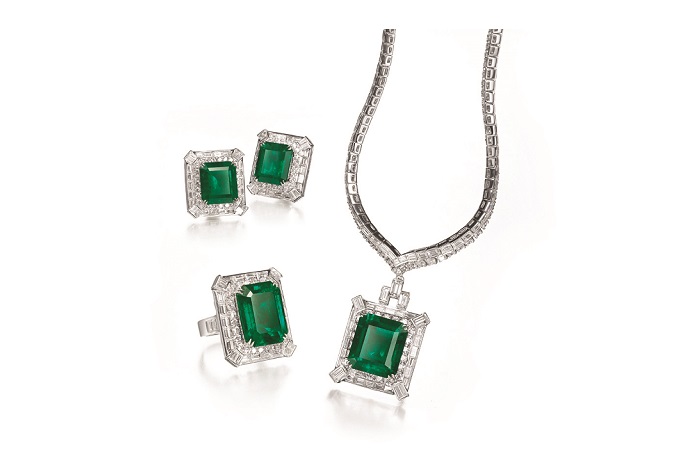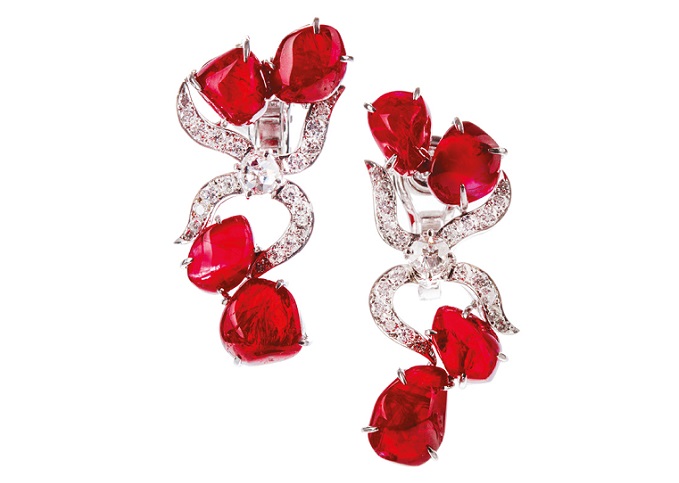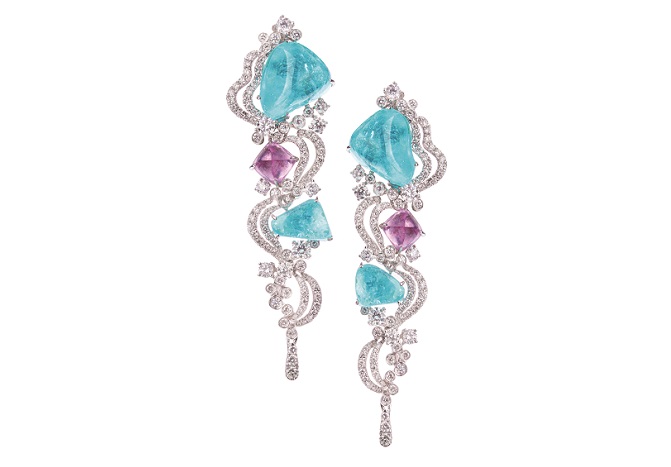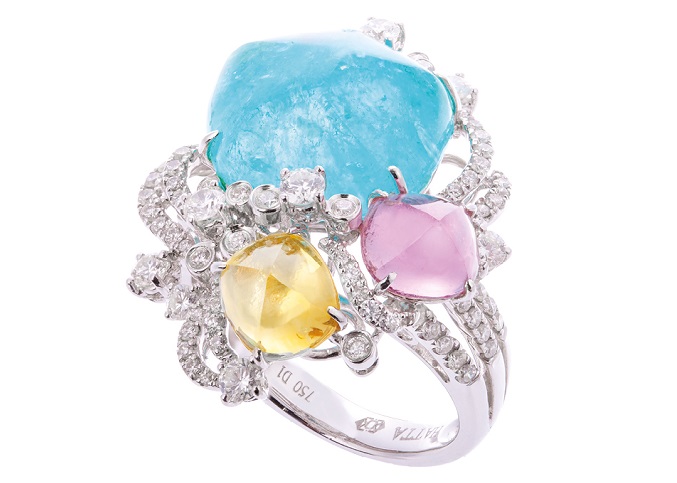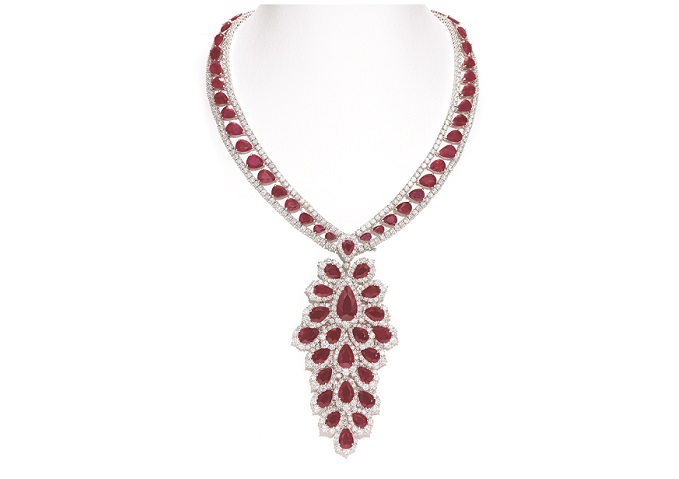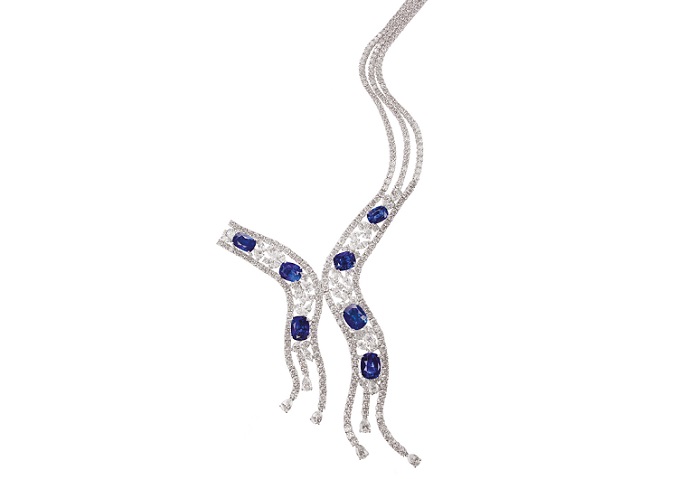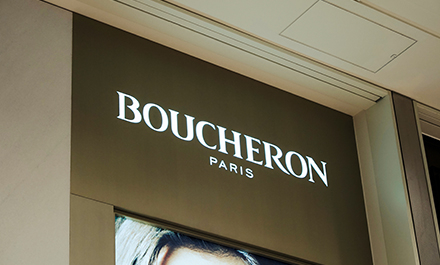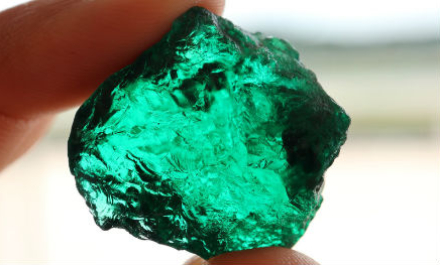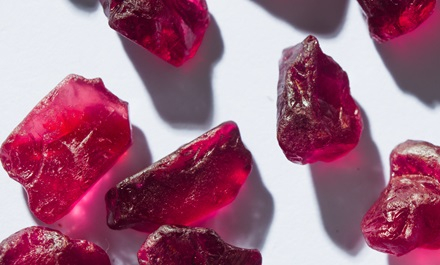This article first appeared in the JNA September/October 2023 issue.
Asia-based luxury jewellers continuously count on critical pillars of the business to sustain growth and stay afloat even in the face of adversity. JNA sits down with two of the biggest names in Asia’s high-end jewellery sector who talked about the importance of agility and resiliency, product exceptionality and a sturdy corporate structure to retain their global edge.
Business of luxury
Opportunities abound for the luxury segment of the international jewellery trade. According to French conglomerate Kering, the luxury market is witnessing a “premiumisation” trend in supply and demand as confirmed by solid first-half results posted by luxury jewellers. “This trend seems to be temporary, largely related to the economic situation, with high inflation and falling real incomes affecting the most aspirational customer segments but leaving customers with the highest income or wealth levels relatively unaffected,” explained Kering in its first-half earnings report.
Timeless and high-end products are also regarded as “safe-haven assets” during uncertain times. Kering owns Boucheron, Pomellato and Qeelin.
Meanwhile, luxury group LVMH Moët Hennessy Louis Vuitton, which controls Tiffany & Co, Bulgari and Chaumet, said strong creative momentum of premium brands contributes to their desirability.
Industry players explained that affluent markets continue to invest in luxury items regardless of the macroeconomic situation since there will always be life occasions and milestones to be celebrated and of course, dispensable income to be spent.
Case in point was the Covid-19 pandemic, which proved disastrous for most companies, but provided luxury enterprises with newfound expansion and business opportunities, and alternative income streams.
Heritage is king
Culture-inspired designs are at the heart of Thai luxury jeweller Beauty Gems. According to Hitesh Dhruvakumar Chhaya, business analyst at Beauty Gems, exceptionality sets high-end jewellers apart from the competition.
“Our craftsmanship and design, which shine the spotlight on Thai culture and aesthetic influence, make us stand out,” he shared. “The way we source our high-quality gemstones and how those are meticulously set in our jewellery are also unique features that keep us ahead of other local or regional brands.”
The company, which has more than 40 years of luxury jewellery manufacturing expertise, mainly sells to the domestic market but it also has exclusive, affluent clients across Southeast Asia, the Middle East and Europe.
Beauty Gems has two core businesses – its high-end Beauty Gems brand and its OEM arm, which manufactures products for other brands. The Beauty Gems brand offers top-quality jewellery pieces adorned with diamonds, rubies, sapphires and a wider range of coloured gemstones.
While prevailing economic conditions, combined with the residual effects of the pandemic on the market’s purchasing power and consumption habits, have made it challenging to do business, Chhaya said Beauty Gems’ collections remain extremely favoured by discerning buyers.
“People are always on the lookout for innovative designs and excellent pieces,” explained the company official. “The brand has built a credible reputation over the past four decades. Overall, the business environment is stable for us.”
Price is also rarely a consideration for high-end consumers, so skyrocketing prices of raw materials have little to no effect on luxury consumption, he said.
“We figure prominently in luxury jewellery circles because our products are distinctive, thanks to Thai culture and workmanship. Those have always been the hallmark of Beauty Gems,” noted Chhaya.
Beauty in rarity
Luxury jewellers also excel in their ability to source the most exquisite of gemstones, according to Chang Hatta, founder of Hatta Fine Jewelry. Established in 1972, the company is celebrated for its innate artistry and unparalleled craftsmanship. It has offices in Hong Kong and Taiwan.
“Our expertise is on a higher level since we deal in luxury jewellery,” noted Chang. “In our collections, the gemstones are the hero of the jewellery. We offer only the rarest of gems.”
Market appetite for hard-to-find gems remains strong, particularly from wealthy consumers and gemstone connoisseurs. Chang said buyers would always pay a premium for unheated Burmese ruby, Sri Lankan and Kashmir sapphire as well as Brazilian Paraiba tourmaline, to name a few.
Gems that come in rare, big sizes such as a 50-plus-carat unheated ruby, or even a 2-carat flawless and neon-colour Brazilian Paraiba tourmaline are now harder to come by.
Hatta Fine Jewelry has high-quality Brazilian Paraiba tourmaline of 30 carats to 50 carats in its inventory, according to Chang. The company also has premium-range Paraiba tourmaline from Mozambique, among other valued coloured gemstones.
“There is robust demand for refined jewellery adorned with these incomparable stones. Upscale buyers who want to invest in incredibly exceptional gems have the financial capacity to indulge in these luxury items,” the company official said. “This is only the beginning. We expect demand to grow even further over the coming months.”
The Chinese market is leading the surge in demand for high-end jewellery, continued Chang.
Digital age
Luxury jewellers also have the capacity to upgrade digitally – a phenomenon that started to take flight during the pandemic. The rise of social media platforms as effective marketing tools as well as livestreaming sessions as a form of e-commerce have forever changed the way business is conducted.
China, meanwhile, could still emerge a hero in the luxury jewellery trade as the market awaits its full recovery. Chang of Hatta Fine Jewelry remarked that Chinese consumers are already steadily buying goods, and this trend is expected to continue unabated.
Chhaya, for his part, is expecting stable business for luxury jewellers, buoyed by solid market demand. Resolution of conflicts such as the Russia-Ukraine war as well as easing of global inflation could further bolster growth in the luxury jewellery trade going forward, he added.



